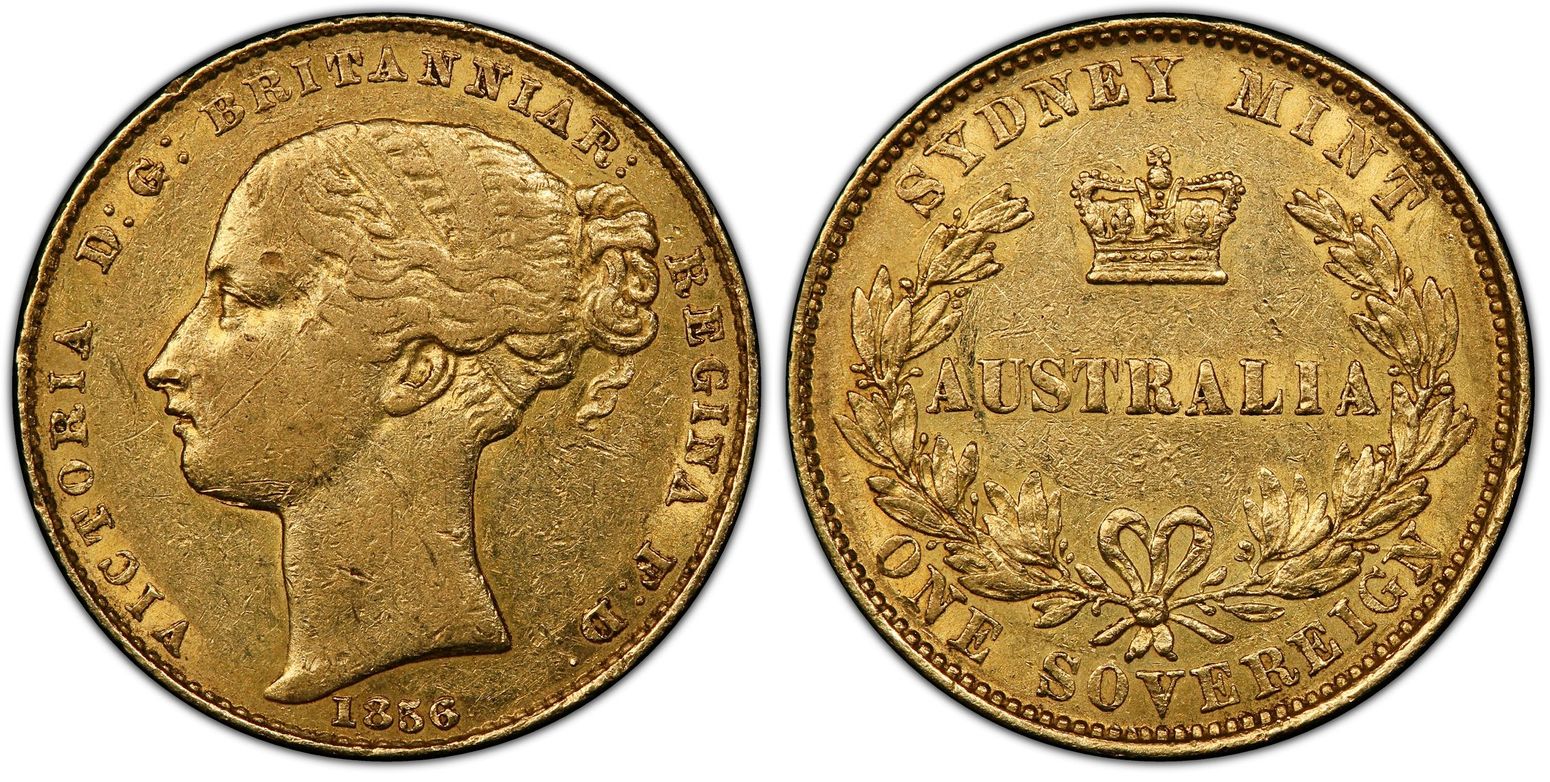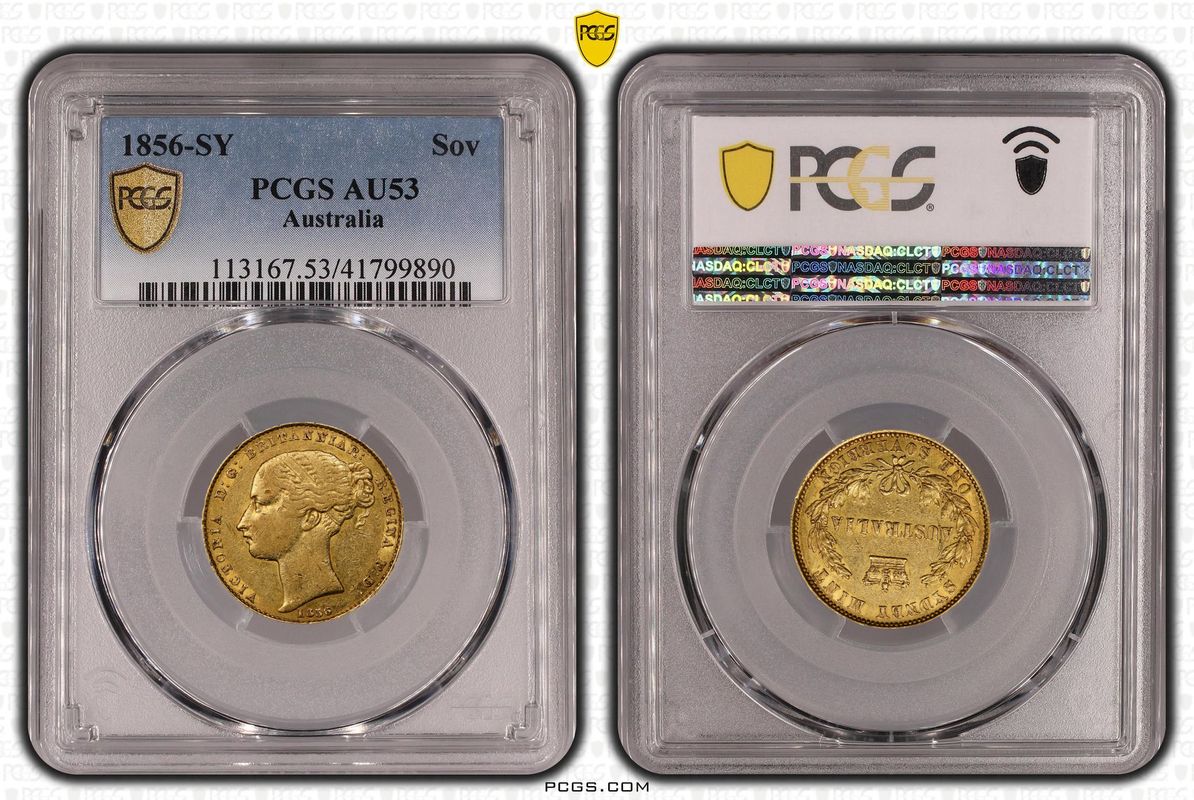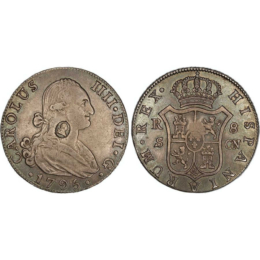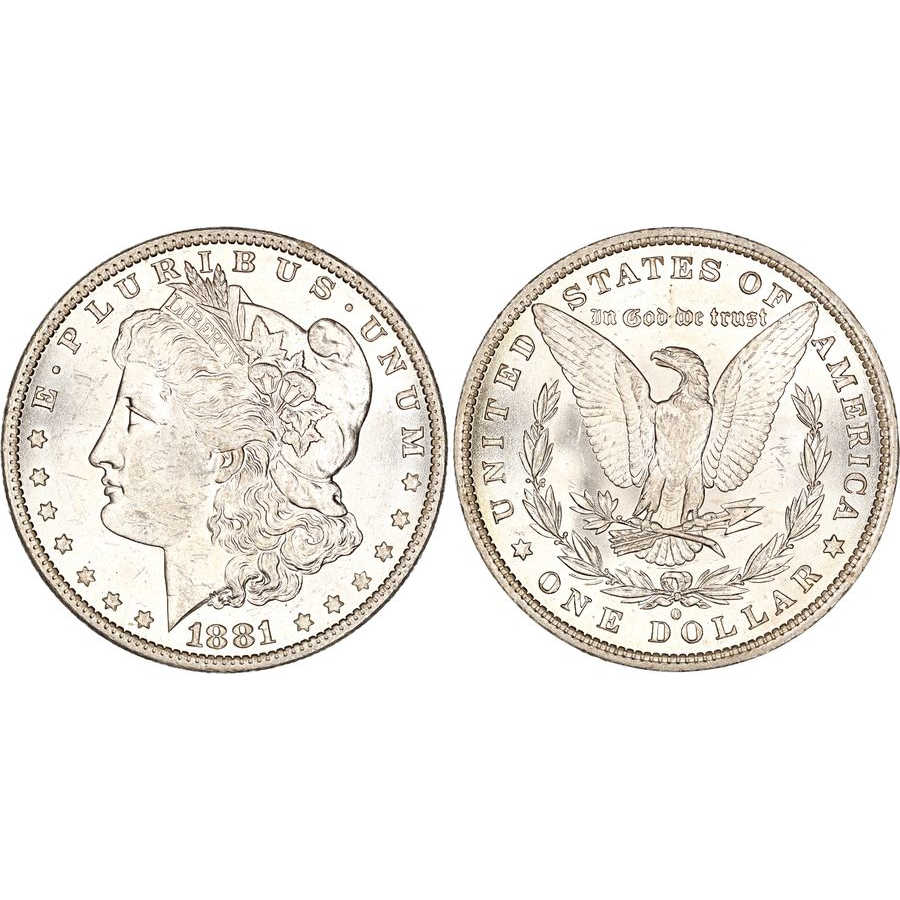Description
British Empire, Australia, Queen Victoria (1837-1901 AD), Gold Sovereign, 1856, Type I, Royal mint Sydney branch. Obverse: Young head of Queen Victoria facing to the left, hair bound with double fillet and collected in an updo knot, date below, legend surrounds, “VICTORIA D:G: BRITANNIAR: REG: F:D:”. Reverse: “AUSTRALIA” central below St. Edward’s Crown, olive wreath branches surround either side joined at the bottom by a knotted bow, legend surrounds above and below, “SYDNEY MINT ONE SOVEREIGN”. Marsh-A361. Certified and graded by PCGS as Almost Uncirculated 53. The second and final year of the ‘type I’ Sydney Mint sovereigns, with typical contact/bag marks but with quite noteworthy grade left, a decent example for the type.
The obverse Latin legend is Victoria’s royal titulature, reading unabridged as “Victoria, Deī Grātiā, Britanniārum Rēgīna, Fideī Dēfēnsor”, with an English translation of “Victoria, by the Grace of God, Queen of the British people, Defender of the Faith”.
With large tracts of gold being discovered to the west of the young Sydney colony, the government of New South Wales appealed to the Royal mint in London to open a branch in Sydney – approval was granted in August 1853 and several patterns for the ‘Sydney mint sovereign’ were made, bearing a uniquely Australian design. Initially, the obverse featured the same young portrait of Victoria with her hair bound with a double fillet – this only lasted two years, 1855 and 1856, before being changed to the ‘type II’ sovereigns with a uniquely Australian portrait. On the Sydney mint sovereigns dated 1857 to 1870, Victoria is laureate with a Banksia leaf, a flora which occurs naturally in Australia and is symbolically indicative of the Australian colony – the first specimen of Banksia was taken back to Europe by Sir Joseph Banks and Dr Daniel Solander during Lieutenant (later Captain) James Cook’s first voyage to the Pacific.






